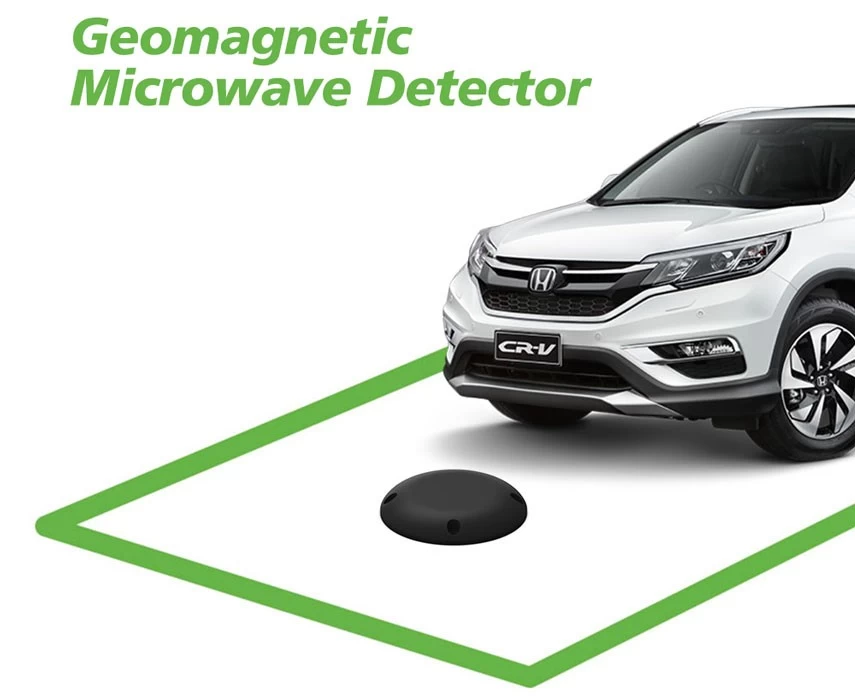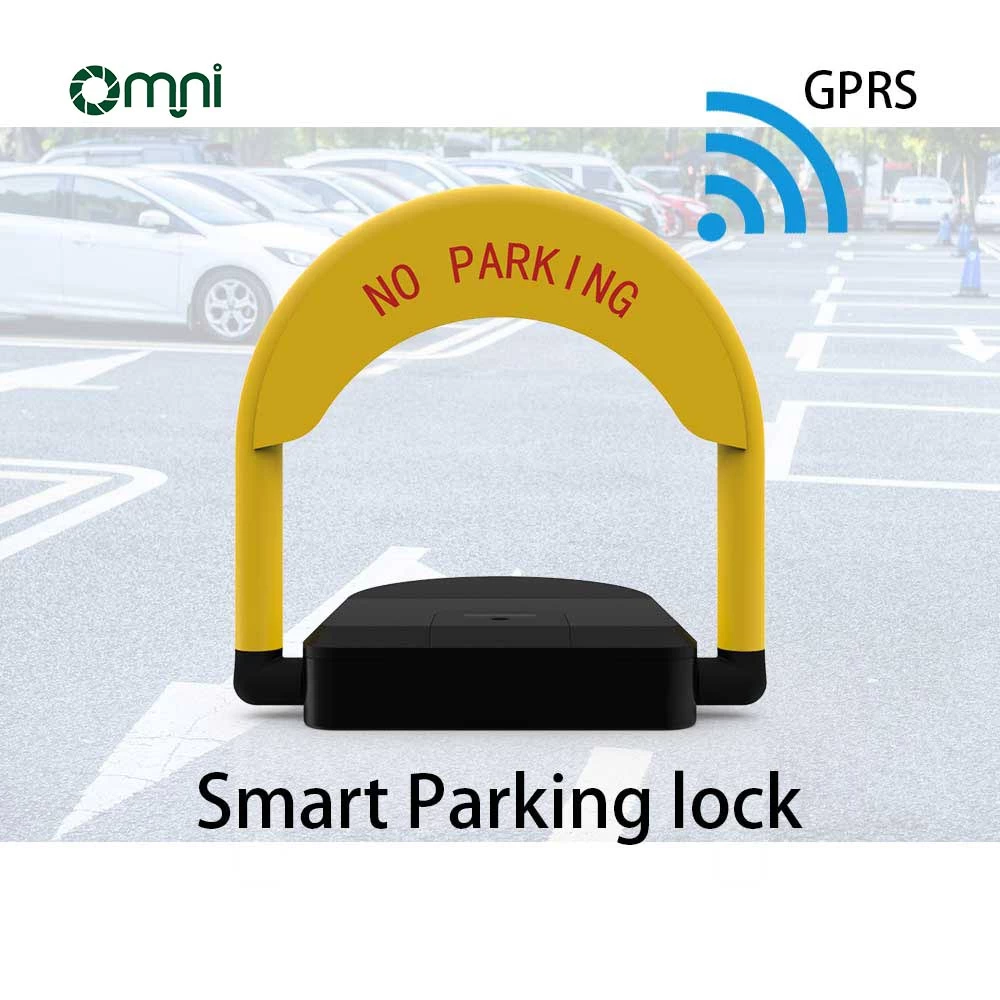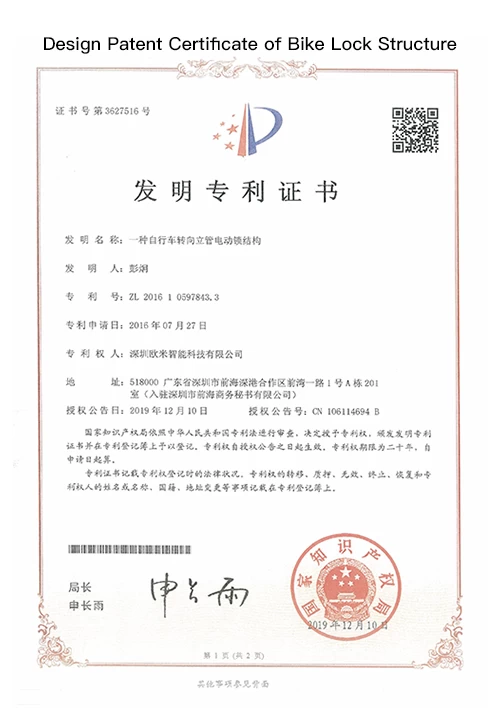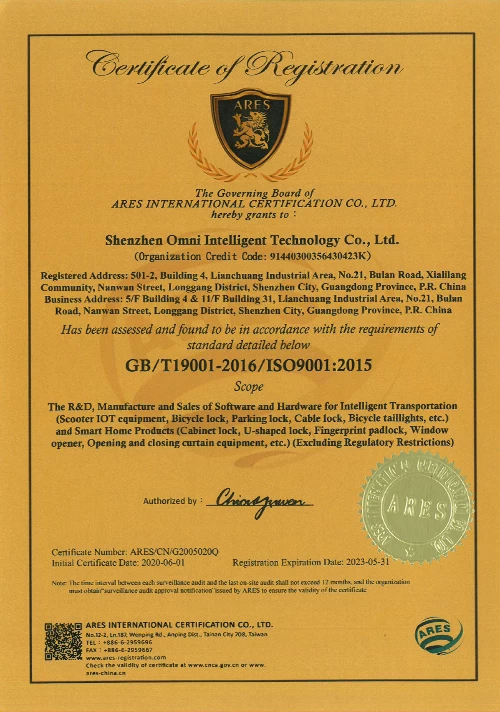How Does Parking Sensor for Car Work?
Parking sensor for car is integral to modern traffic management and urban mobility solutions.Let's see how geomagnetic vehicle detectors,a type of smart parking sensor, work.
Detection Principle:
Earth's Magnetic Field:The Earth's magnetic field strength ranges between 0.5 to 0.6 Gauss.This magnetic field remains constant over large areas(approximately a few kilometers).
Magnetic Disturbance:When a ferromagnetic object,such as a car,enters the magnetic field,it causes a disturbance.This change can be detected by magnetic sensors placed nearby.

Working Mechanism:
Sensor Placement:Magnetic sensors can be placed along the side of the road near the lanes to be monitored.They do not necessarily need to be embedded in the road.
Three-Axis Magnetic Sensors:These sensors are typically placed at a height of about 1 foot above the ground.They measure magnetic field changes along the X,Y,and Z axes.
Z-Axis Detection:The Z-axis(upward direction)magnetic field is particularly useful for detecting vehicle presence.As a car passes by,the Z-axis magnetic field exhibits a peak.This peak indicates the presence of the vehicle.
Data Processing:By smoothing the curve of the Z-axis magnetic field when a car is 1 foot away from the sensor,the presence of a vehicle can be indicated.Appropriate threshold values are established to filter out interference from vehicles in adjacent lanes or distant vehicles.

Comprehensive Magnetic Field Changes:
Another method to detect vehicle presence involves observing the overall change in the magnetic field's magnitude as a car passes.This is calculated using the formula:
Magnetic Field Magnitude=(X^2+Y^2+Z^2)^1/2
By monitoring the change in this magnitude,the presence or absence of a vehicle can be determined.
















